LAB REPORT
Science and Technology Making Headlines
Sept. 13, 2019
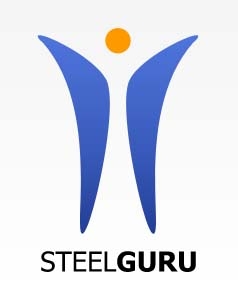
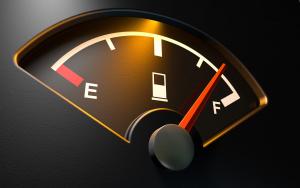
LLNL is collaborating with PPG to improve fuel economy in vehicles by using lightweight materials.
Shedding light on fuel economy
PPG, a global supplier of paints, coatings, optical products and specialty materials, has been selected for a Department of Energy partnership that will use supercomputing resources to accelerate the development and testing of structural adhesives for vehicles built from lightweight materials.
PPG will collaborate with Lawrence Livermore and Pacific Northwest national laboratories to develop computer-based models of the aging characteristics of a variety of next-generation adhesives designed to join lightweight materials.
Vehicle manufacturers are exploring the use of high-strength steel, aluminum, magnesium, carbon-fiber composites and other lightweight materials to reduce vehicle mass and improve fuel economy. This approach requires new adhesive chemistries that will mitigate corrosion and thermal expansion issues associated with joining dissimilar materials.
The project was authorized by the DOE Vehicle Technologies Office, with funding provided by the High Performance Computing for Energy Innovation program.
The project will use supercomputing to achieve a fundamental understanding of the influence of water as a key determinant in the aging process on the chemistry and adhesion properties of adhesives joined to lightweight substrates. Supercomputing resources are necessary because of the extremely large data sets involved in each simulation.

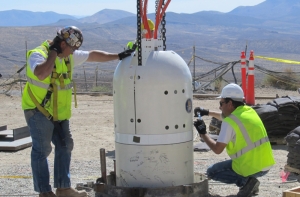
Lawrence Livermore National Laboratory technician George Governo (right) and a coworker secure the upper skids on a high-explosive canister for the Source Physics Experiment-6 test.
Explosive detection
A series of controlled chemical detonations in the Nevada desert is helping researchers discern between ground shaking caused by nuclear explosions and earthquakes.
Earthquakes send energy rippling through the planet, but so does something decidedly human caused: an underground nuclear explosion. With the goal of monitoring the proliferation of nuclear weapons, scientists and engineers have been tasked with differentiating between these two types of energetic events. By collecting geophysical data from controlled detonations in the Nevada desert, researchers aim to do just that.
It turns out that sometimes an explosion can look very earthquake-like, and sometimes an earthquake can look very explosion-like.
The Source Physics Experiment, which began in 2010 and involves researchers from Lawrence Livermore, Sandia and Los Alamos national labs, has conducted 10 controlled underground explosions at the Nevada National Security Site, northwest of Las Vegas. The detonations mimicked underground nuclear explosions, but the researchers used chemical explosives such as nitromethane rather than fission- or fusion-based bombs.
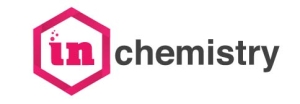
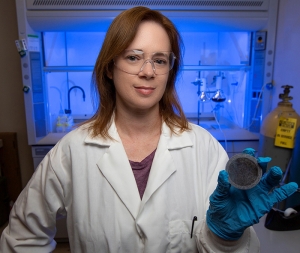
LLNL chemist Dawn Shaughnessy is one of a team that has discovered five new elements.
Heavy Duty
Discovering a new superheavy element is no easy feat. Not even for scientists who spend years looking for them.
Medieval alchemists dreamed of transmuting one element into another, but in modern nuclear chemistry, scientists do this all the time — throw atoms together to create new ones that don’t exist outside of a laboratory. These new elements, which reside at the very bottom of the main section of the periodic table, are called the superheavy elements (SHEs) because of their large atomic numbers.
Dawn Shaughnessy leads the team at Lawrence Livermore National Laboratory and collaborates with the Russian Joint Institute for Nuclear Research (JINR) to search for SHEs. This collaboration has resulted in the creation of five new elements (114, 115, 116, 117, and 118) and fundamental changes in the way we view the nuclear atomic structure.
The periodic table should end around element 100 because elements that large should immediately fall apart as a result of instability. But in reality, some large elements, such as dubnium (atomic number 105), stick around for hours.
“Nucleons tend to pair up and populate shells analogous to the way electrons fill their shells,” Shaughnessy explained.“Much like closed electronic shells, each nuclear shell is populated by a certain number of either protons or neutrons. A filled shell represents a more stable nuclear configuration that is resistant to decay.”

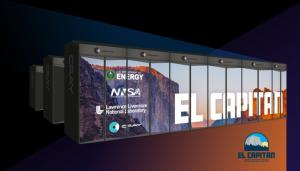
The Department of Energy, National Nuclear Security Administration and Lawrence Livermore National Laboratory have signed contracts with Cray Inc. to build the NNSA’s first exascale supercomputer, “El Capitan.”
El Capitan climbs the ladder
All three of the initial exascale-class supercomputer systems being funded by the Department of Energy through its CORAL-2 procurement are going to be built by Cray.
Cray won its third deal for exascale systems: "El Capitan,” which will be housed at Lawrence Livermore National Laboratory in late 2022. El Capitan will be used for the stewardship of the nuclear weapons arsenal of the United States by the end of 2023.
The machine will weigh in at around 30 megawatts of power consumption, which means it will have more than 10 times the sustained performance of the current LLNL Sierra system on DOE applications and around four times the performance per watt.





